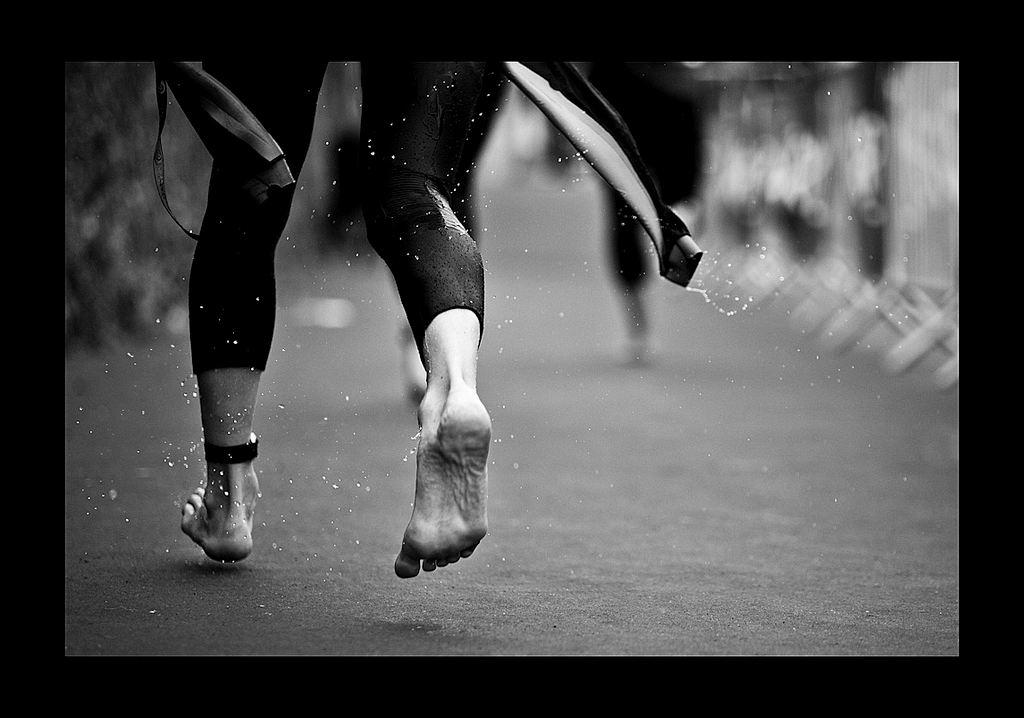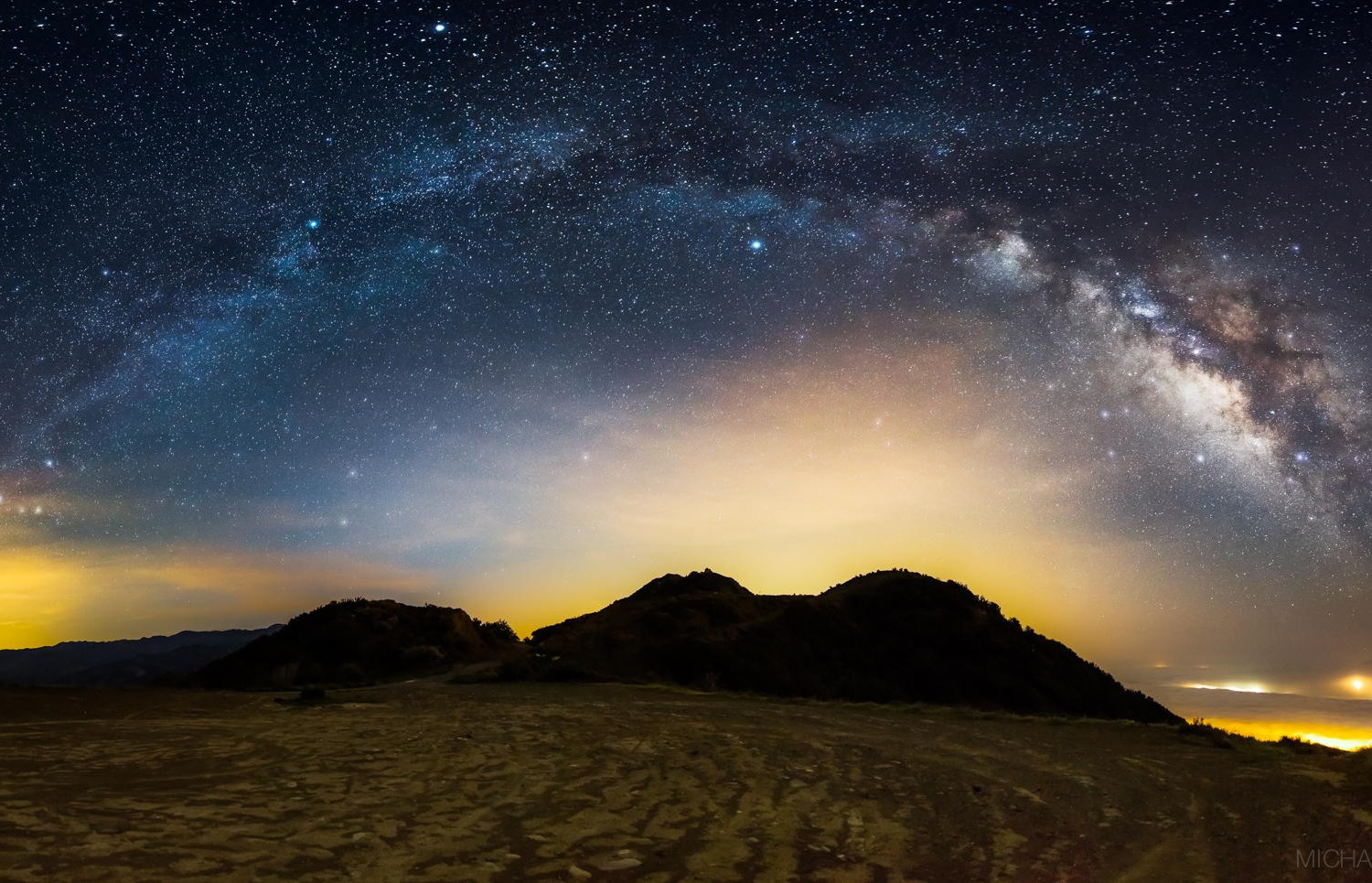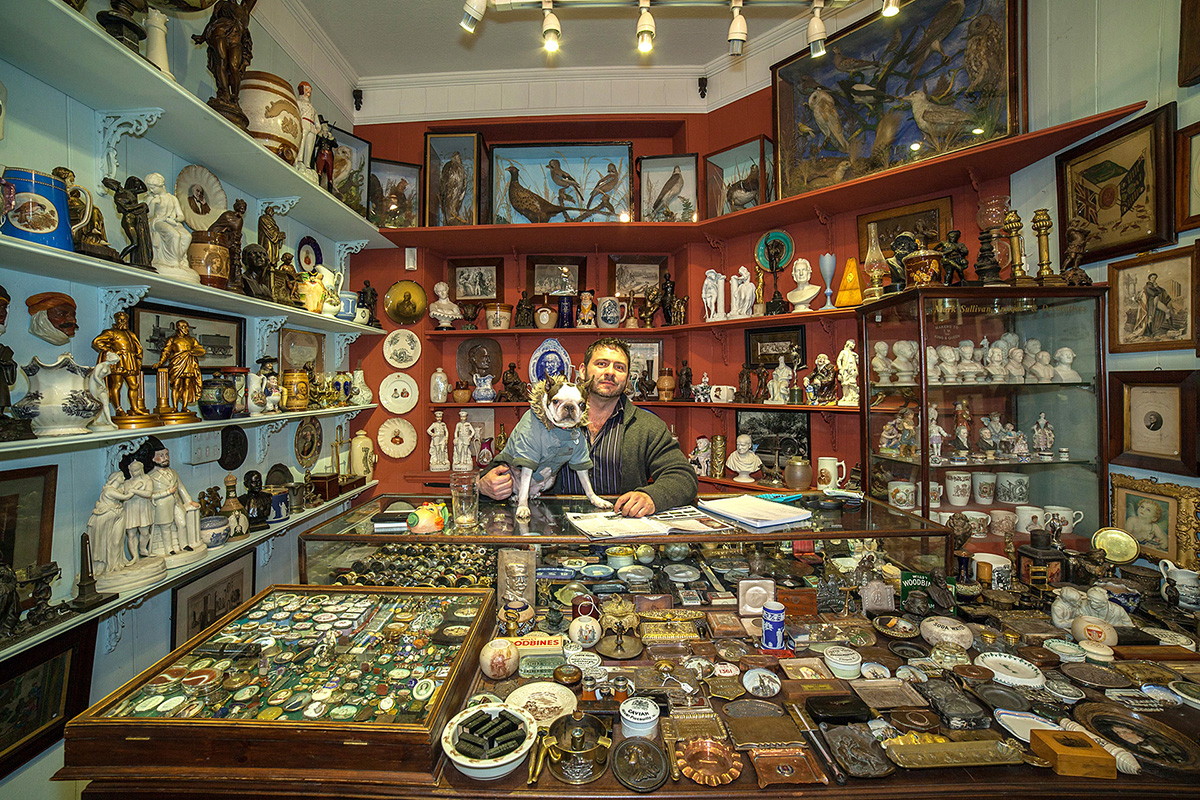What is a model release?
In the photography industry, a model release is a binding legal agreement between a photographer and their model or any potentially recognizable human subjects. This agreement ensures that everyone is aware, feels compensated, and has consented to this type of usage. There are multiple versions and formats of model releases, but all of them must share five main statements to cover commercial licensing, like we offer with 500px Licensing:
- The model authorizes the photo to be published;
- The model authorizes that the image can be used commercially;
- The model authorizes the use of the image for advertising and editorial purposes;
- It is made clear that the model will not be further compensated beyond what is agreed on at the time of the shoot and no longer has any rights to the photos.
To be acceptable and legally relevant, the release must contain information about the photographer and the model, including mailing address and contact information (such as email and/or phone number, home address, etc.) and must be signed by both parties. Additionally, not only the photographer, but “their assigns,” or similar, must be mentioned in order for the photographer to license their content through agencies, vendors, distributors, etc.
When do I really need one?
If there is a recognizable person in your photo and you want to make it available for commercial licensing you ALWAYS need a model release. Without one you could be liable and face serious legal issues by your models for improper use of their likeness. For a model, commercial licensing means that their depiction will be used to sell and promote something (often, not knowing for what or how). To protect the model, additional considerations in our 500px Marketplace license and our standard model release limit the usage and restrict how the image can be used (i.e. never in a defamatory way, in pornography or other offensive materials).
The general questions you have to ask yourself in order to determine whether you need a model release are:
- Is the person the main focus of the image?
- Would I be able to identify myself if that was me?
- Even if the person in the photos is not the main focus of the composition, could it be cropped to single anyone out?
You may think that a “recognizable person” means a full frontal, straight on, and clearly visible person. However, that is not always the case. Sometimes a person can be recognizable by other factors like context, location, the people they are with, clothing, or tattoos. Besides profiting on likeness, in some jurisdictions liability could also include violating someone’s perceived privacy for commercial gain. Let’s clarify some of those cases.
Silhouettes: If the person in the image is the main focus or if his/her distinctive features can be identified from the silhouette, you need a model release. If the person is small and there is no context or details that can make it recognizable, you don’t need one.
Model release needed
The model’s features are very visible and recognizable
No model release needed
There is no detail or factor that can make these people recognizable and their features are not visible.
Body parts and tattoos: Normally you don’t need a model release for detailed shots of body parts, like hands or feet. Though in some cases, a person may be able to identify themselves due to tattoos or birthmarks, in which case a model release is required.
No model releases needed
Low-risk since the focus is on the sparklers and not on the people.
Model release needed
The tattoo makes this person highly recognizable even if her face is not visible
Location and context: Even if the model’s face is not clearly visible there may be contextual factors that could make him/her identifiable. Factors like unique outfits or clothes, locations, photo shoot setting, etc.
Model release needed
The location and the outfit of the model makes her very recognizable even if her face is not visible.
No model release needed
Even if the main focus of the image is the person there is not enough context to make them recognizable.
There are some cases where you want to make sure you have a model release no matter what. Subjects like minors or nudes are considered sensitive matter and they always require more caution. If the model of your photo shoot is a minor, you need a model release signed by a parent or by the guardian.
This sounds like a lot of work.
At first it does, and when you’re not used to working with releases it may seem restrictive. However, besides being one of the largest legal risks of working as a commercial photographer, having the piece of mind that your models are all consenting is well worth the effort.
After having your first few releases signed, you’ll notice how easy it is, how quickly it can be done, and when and how best to approach your models and subjects. Speak with any professional commercial photographer and they’ll tell you it’s a necessary and painless process once you’ve become proficient at it.
Note: This article should serve as a general guideline. Some jurisdictions have special laws regarding privacy, language issues on legal contracts, or other special considerations. Please ensure that your model releases comply with your local laws.
For more tips, tricks, and techniques to help you with licensing your images, visit the 500px Licensing information hub.













Leave a reply